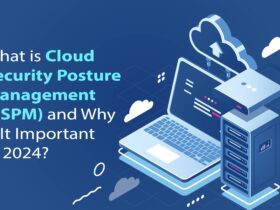WiMi Hologram Cloud Inc, a leading global Hologram Augmented Reality (“AR”) Technology provider, announced that a deep learning-based multi-view hybrid recommendation model was developed. This model can consider multiple views and information sources simultaneously to capture the relationship between users and items more comprehensively. By fusing features from different views, the multi-view hybrid recommendation model can provide more accurate and personalized recommendation results.
The significance of the multi-view hybrid recommendation model lies in the ability to synthesize information from different views to gain a more comprehensive understanding of the user’s interests and preferences. For example, user behavior data can reflect the user’s historical behavior and preferences, social network data can reflect the user’s social relationships and social influence, and content data can reflect the attributes and characteristics of items. By combining information from these different views, we can more accurately predict users’ interests, improve the accuracy and personalization of the recommendation system, and at the same time solve the data sparsity and cold-start problems so as to provide better recommendation results.
Deep learning is utilized in WiMi’s deep learning-based multi-view hybrid recommendation system for feature learning and recommendation model construction. Feature learning refers to the automatic learning of user and item representations through deep neural networks, so that user interests and item characteristics can be better captured. Recommendation model construction, on the other hand, refers to applying the learned features to specific recommendation tasks, such as user behavior-based recommendation, content-based recommendation, and so on. Commonly used models for the application of deep learning in recommendation systems include matrix decomposition-based models, convolutional neural network-based models, recurrent neural network-based models, and so on. These models make recommendations by learning user and item representations and combining user behavior and item features.
In a multi-view hybrid recommendation model, we need to consider information from multiple views (e.g., user behavior, item attributes, social networks, etc.) to make recommendations. The details of the deep learning-based multi-view hybrid recommendation model developed by WiMi are as follows:
Input layer: Firstly, the feature representation of each view is used as the input to the model, for each view, we use different feature extraction methods, for example, for the user behavior view, we can use the user’s click record as the feature; for the item attribute view, we can use the item’s attribute vector as the feature.
View feature integration layer: In this layer, we integrate the features of different views, and can use some integration methods to fuse the information of different views together to get a more comprehensive feature representation.
Feature encoding layer: The integrated features are encoded using deep learning models (e.g., neural networks). This maps the high-dimensional features to a low-dimensional representation space and extracts more useful features.
SOURCE: PRNewswire

































